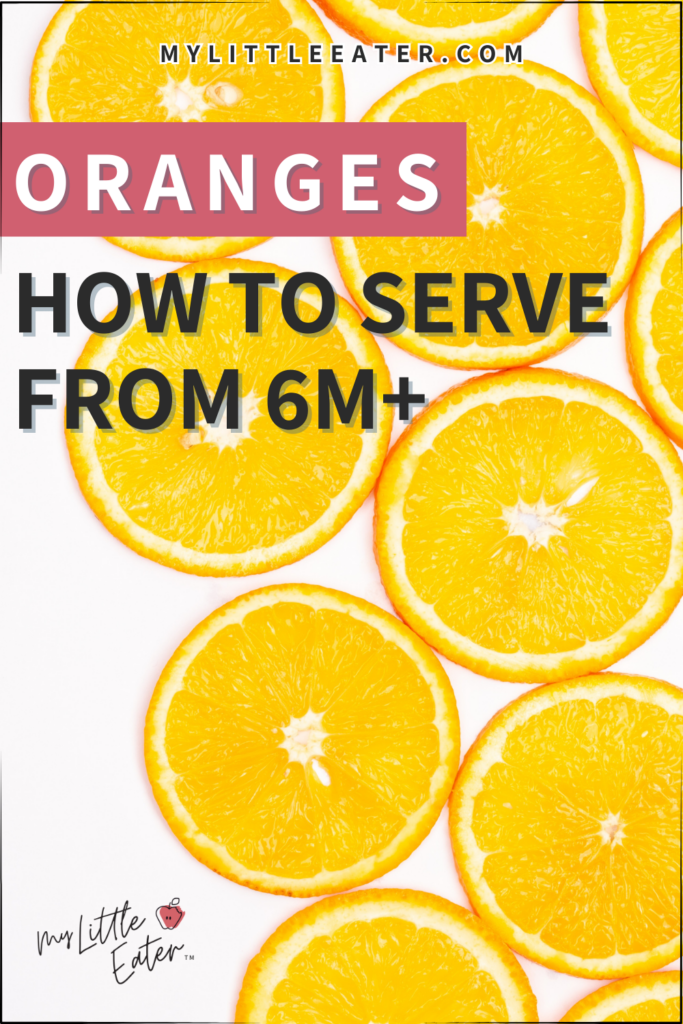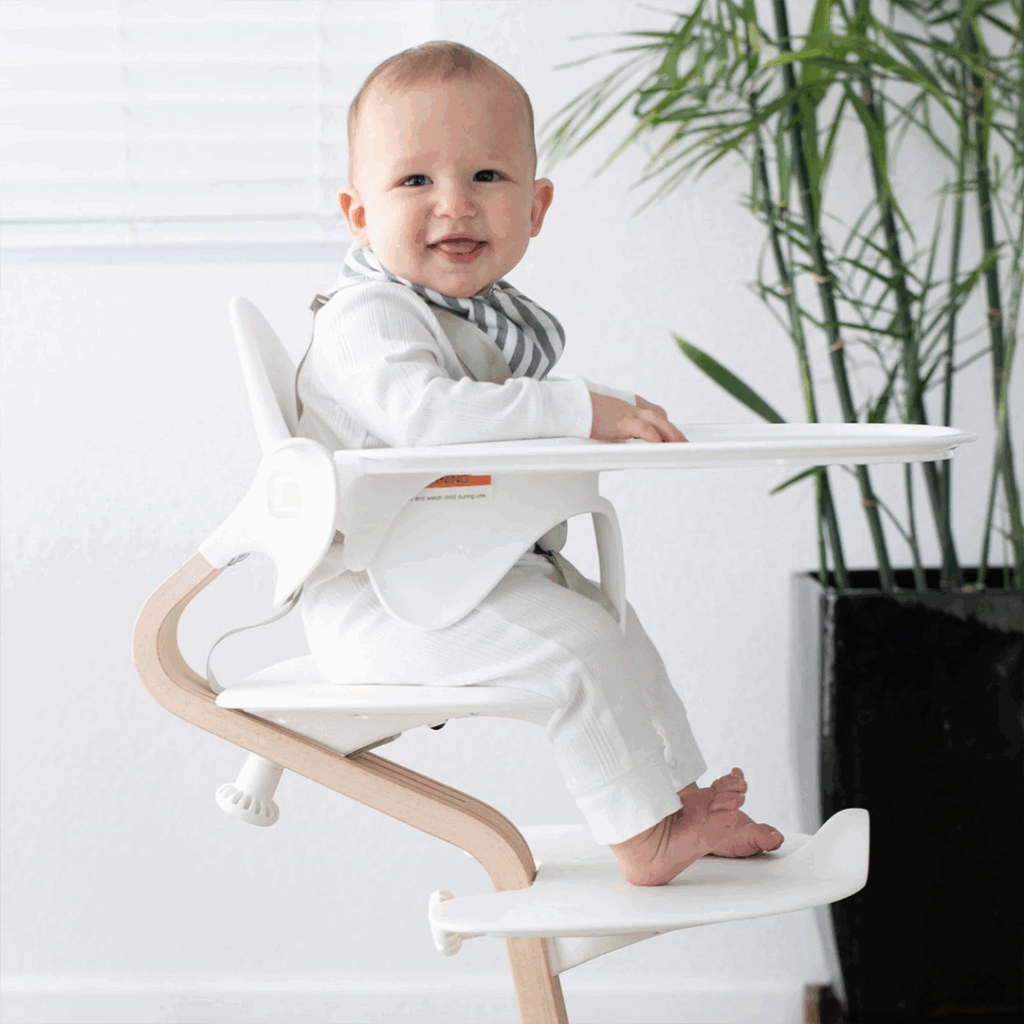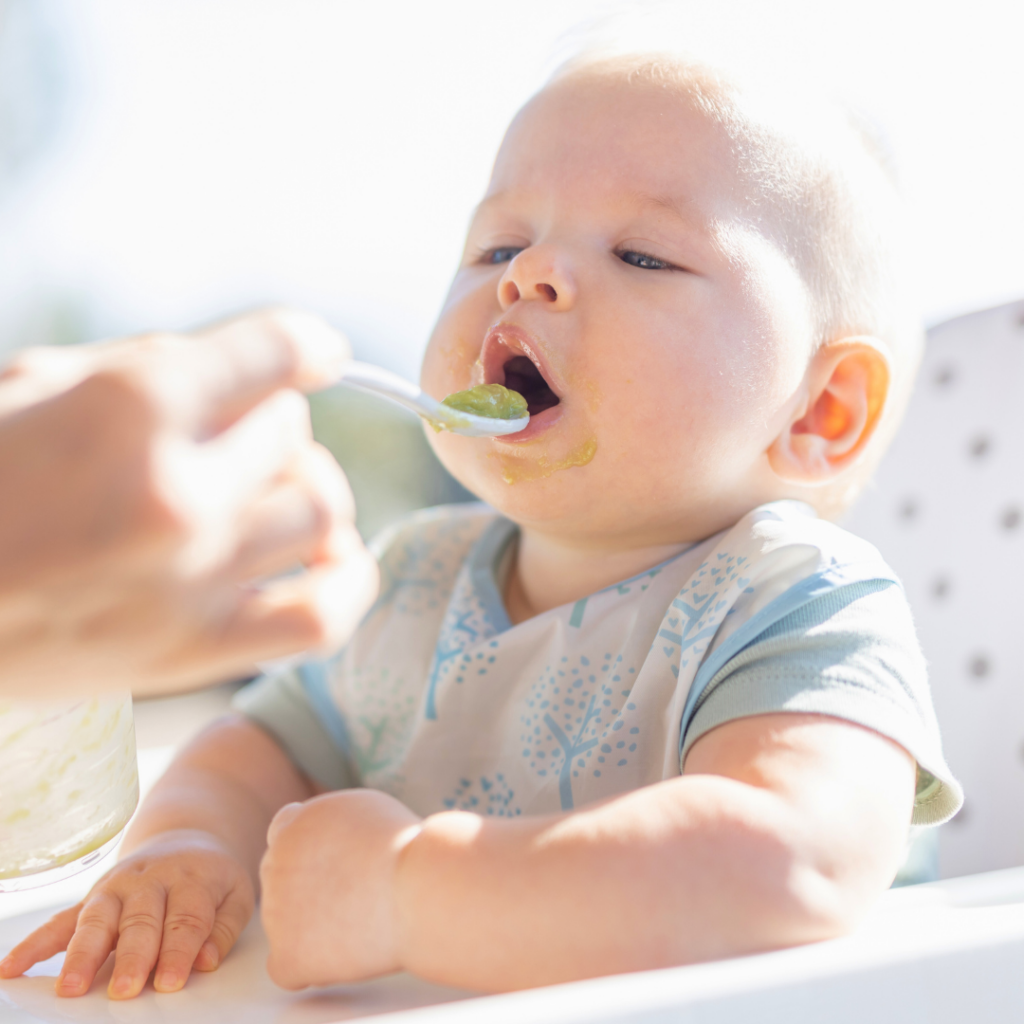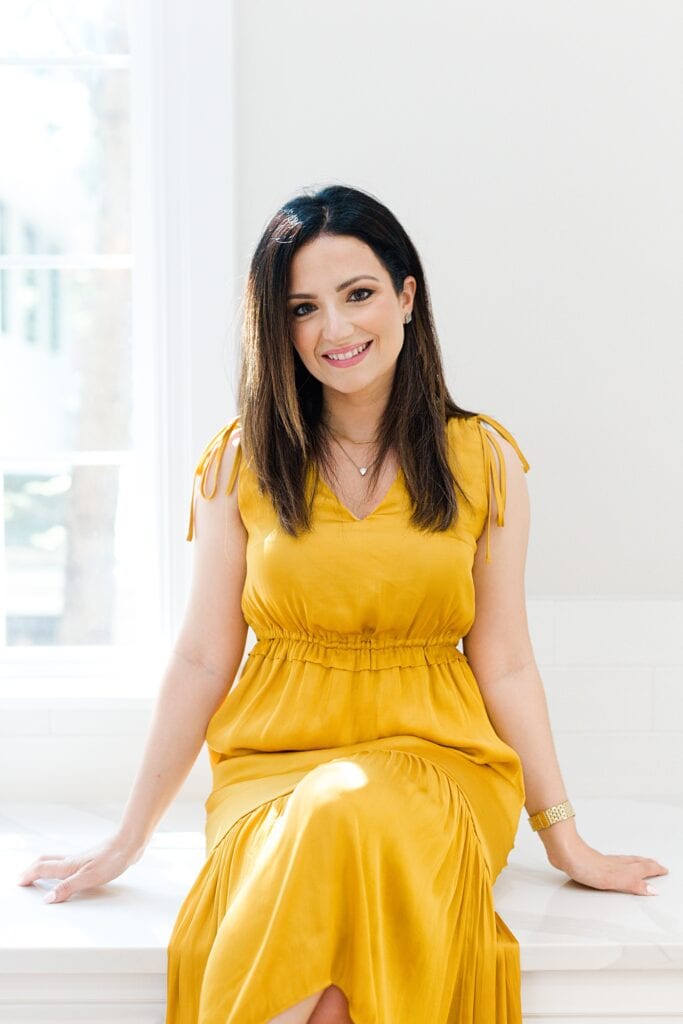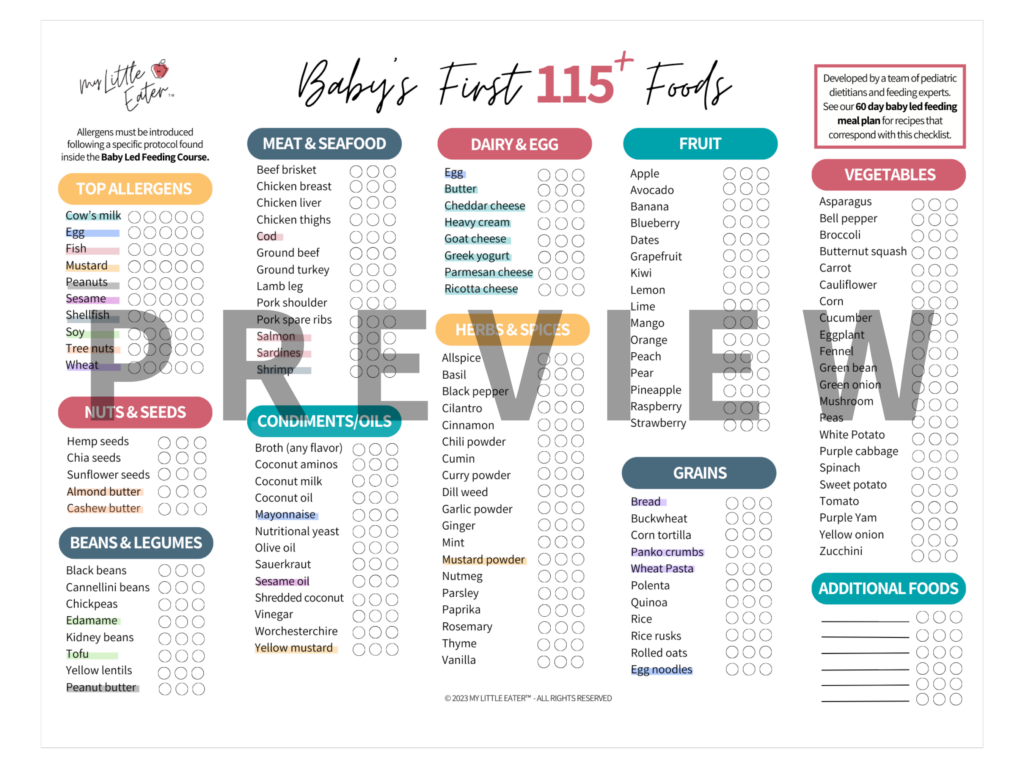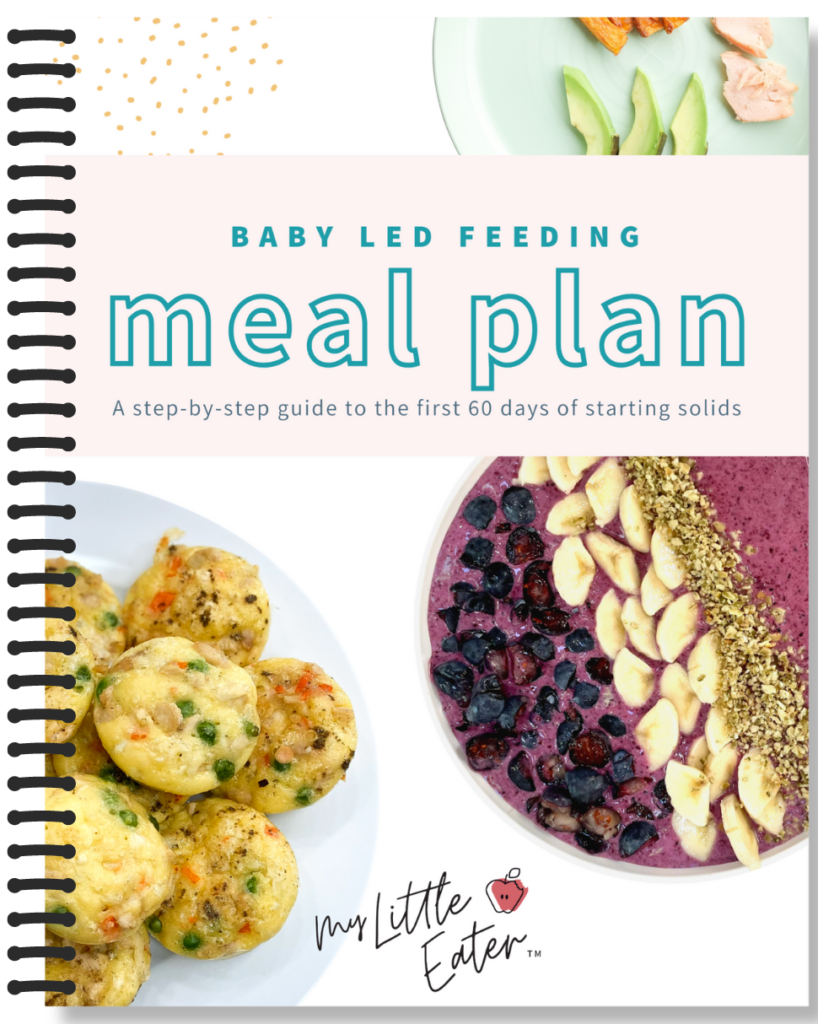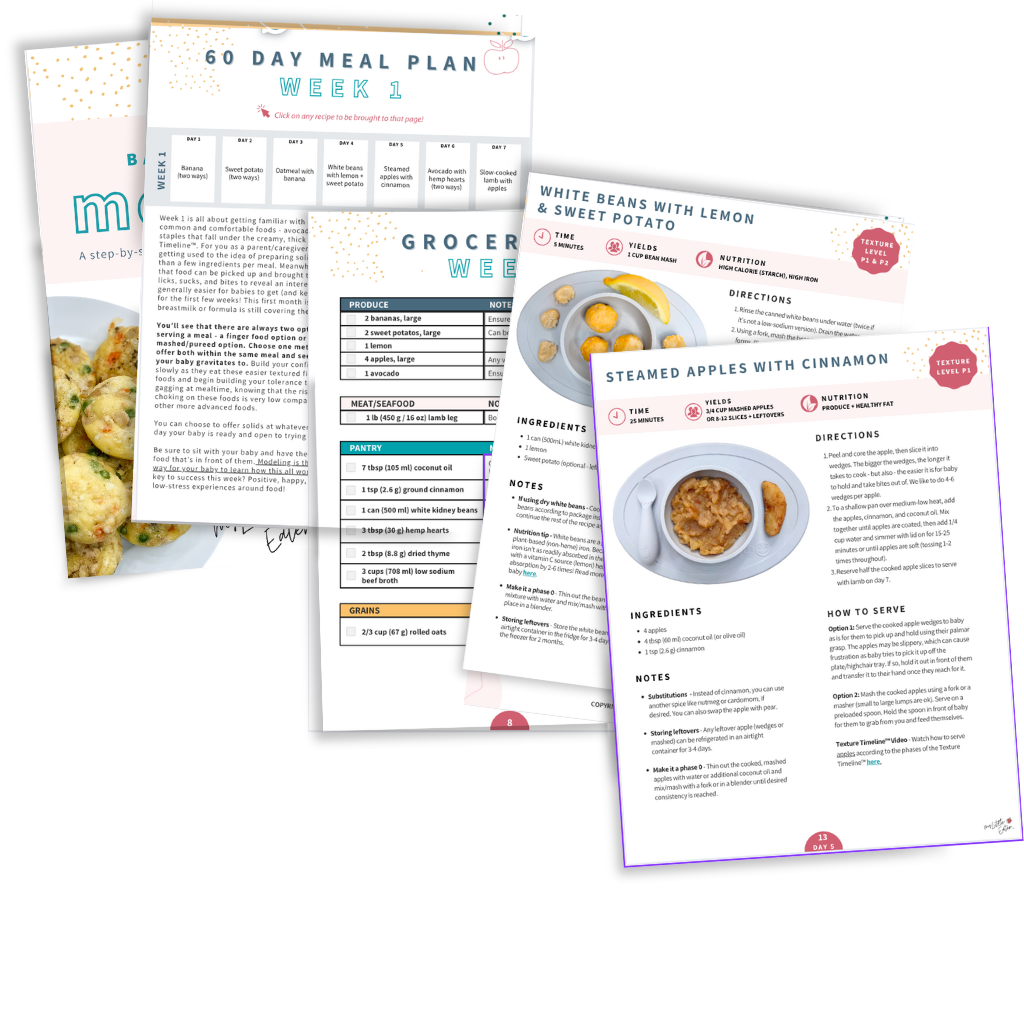Oranges are citrus fruits characterized by an inner juicy pulp, covered in a thick skin (1). They can be sweet, but sometimes sour depending on the variety!
They’re commonly eaten raw, in wedges or sections, and squeezed for tasty, fresh orange juice. However, oranges are also used for creating some other unique products like essential oils, pectin, and marmalade (1).
Table of Contents
When can babies have oranges?
Oranges are safe for your baby to eat when they start solids, which is typically at around 6 months old – provided they’re showing all of the developmental signs of readiness.
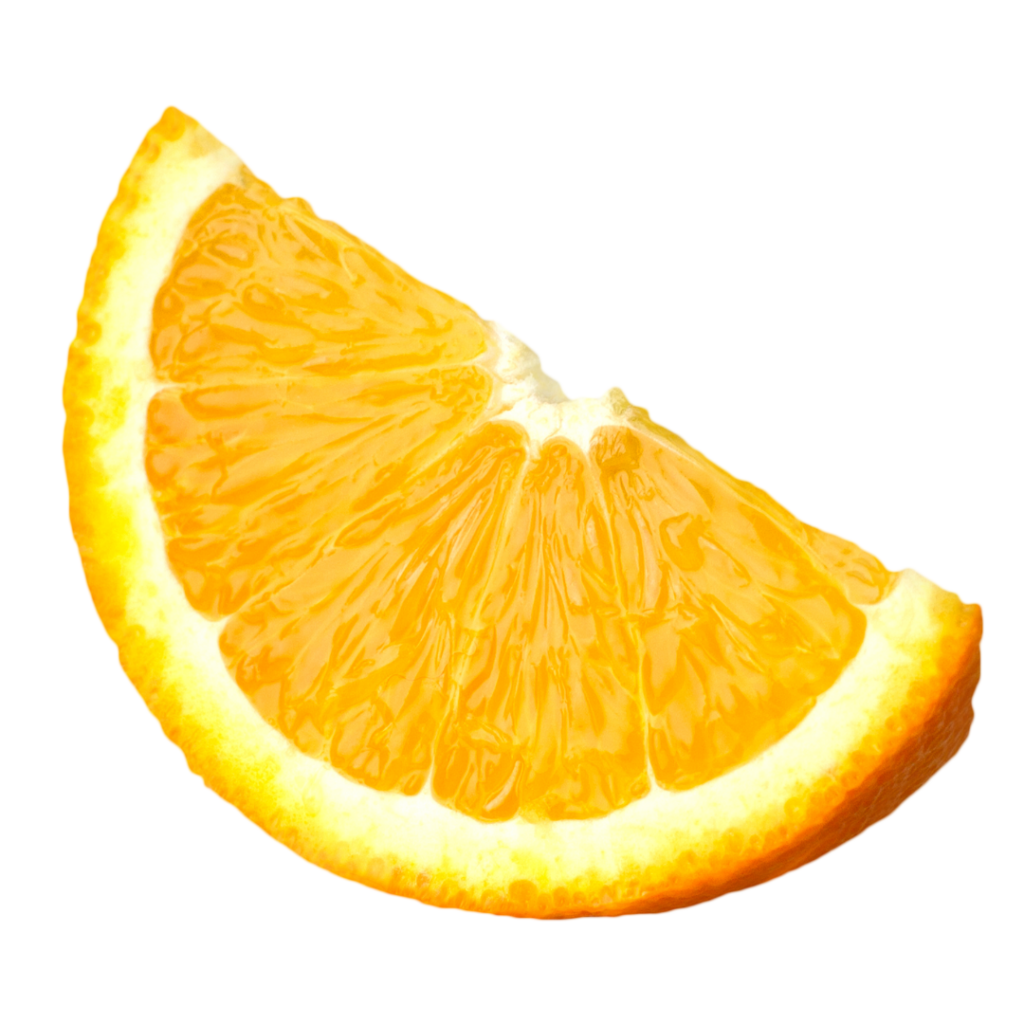
Always make sure you’re offering your baby appropriate foods based on their skill level and ability to chew their food thoroughly.
How to serve oranges according to the Texture Timeline™
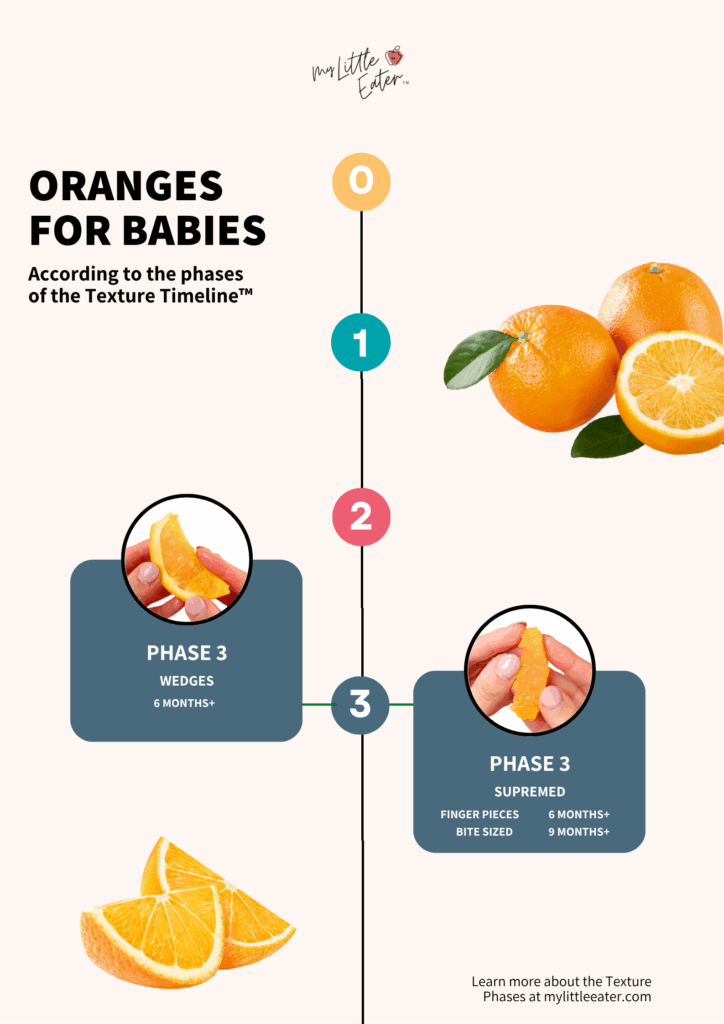
These are the safest, suggested ways to serve food to your baby based on the scientific, developmental, and clinical research and expertise available to date and are vetted by pediatric doctors, speech-language pathologists, and dietitians. However, please note that babies can technically choke on anything, including purees. Always take into account your child’s individual abilities and needs and check with your doctor or feeding therapist on the safety of offering these foods to your baby. Be mindful of how to set up a safe eating environment and please know that all material, opinions, advice, and information found on mylittleeater.com is for informational and educational purposes only. See our disclaimer for more information.
What is the Texture Timeline™?
A tool exclusive to My Little Eater that allows you to start solids with your baby using purées, finger foods, or a mixture of both. We sort all foods into different phases of the timeline based on texture difficulty, presenting multiple ways to serve each food depending on what you and your baby are ready for.
You can start with any phase of the Texture Timeline™. The goal is to always be moving forward on the timeline so that you can advance your baby to more challenging textures in a timely manner. This will allow your baby to develop and practice new eating skills and ensure that they don’t stay stuck on one texture for too long.
Using the Texture Timeline™ can help to prevent picky eating, all while keeping the feeding process enjoyable and less stressful for you because you can ease into the difficult textures that often cause more anxiety and worry.
Prepping oranges for babies
The very first step is always to thoroughly wash your fruit before cutting to avoid transferring harmful residues from the outside to the inside of the fruit with the knife. You can clean it by rinsing it underwater and gently rubbing the skin with your hands to remove any residue.
As you can see in the images below, baby Iyla (6 months old) is getting both the skin and pulp of the orange in her mouth while she works on chewing and sucking on it. This is also why it’s SO important to wash the outside of the fruit, even when the skin is not typically eaten.
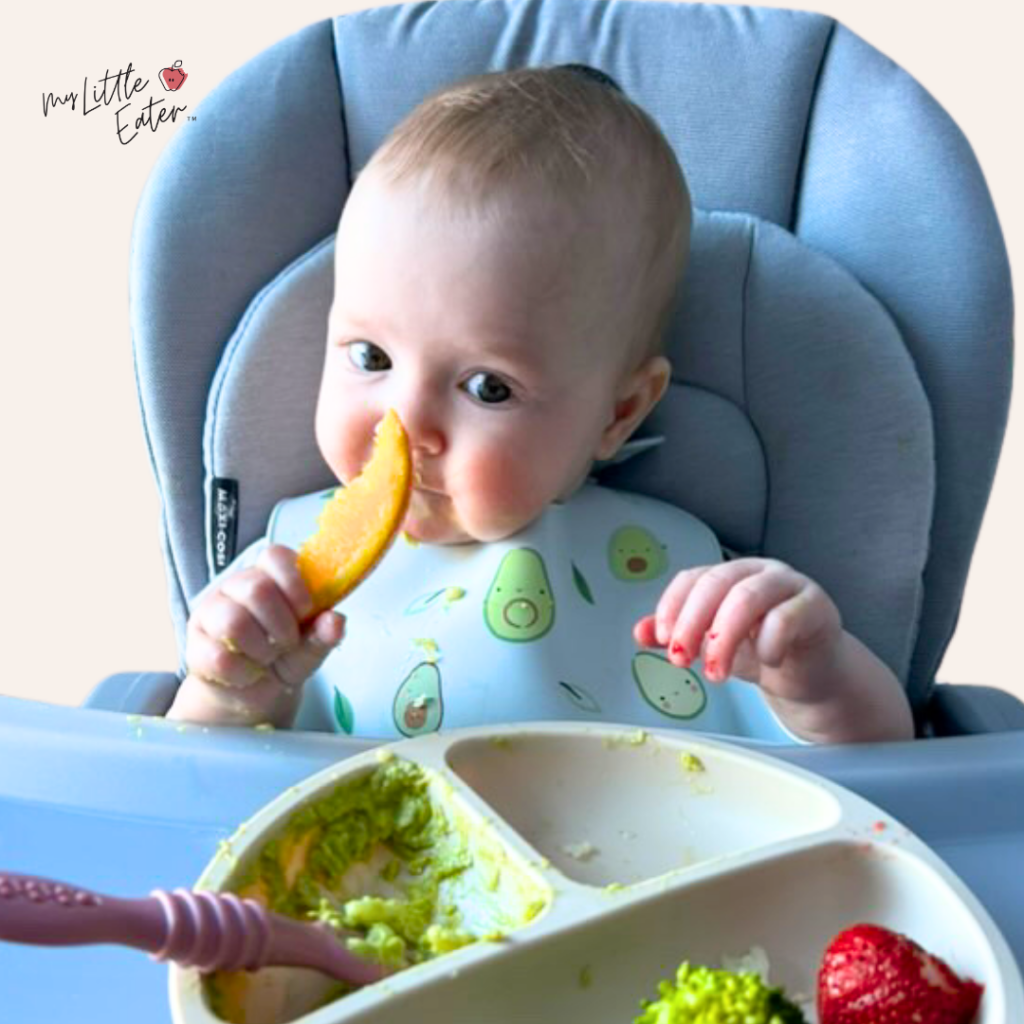
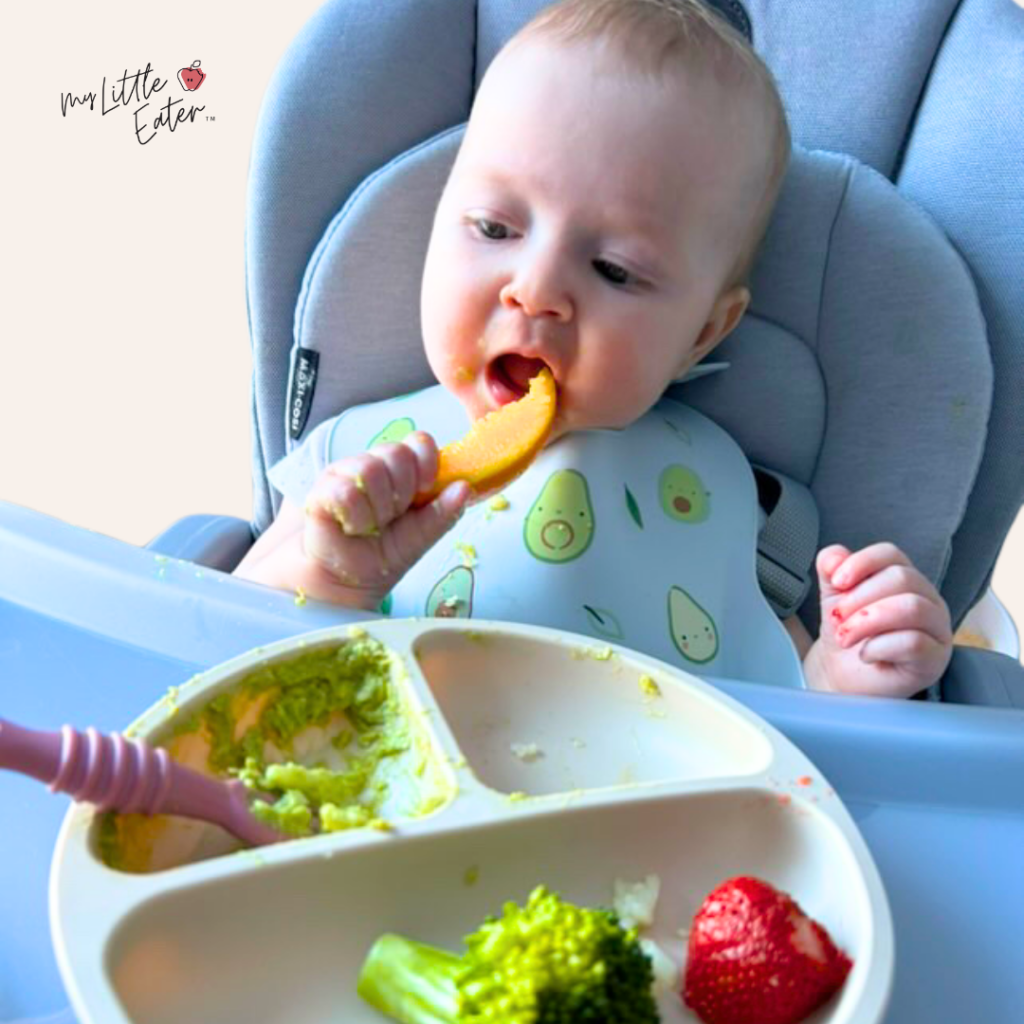
Texture Timeline™ Phase 3
Wedges (Palmar Grasp)
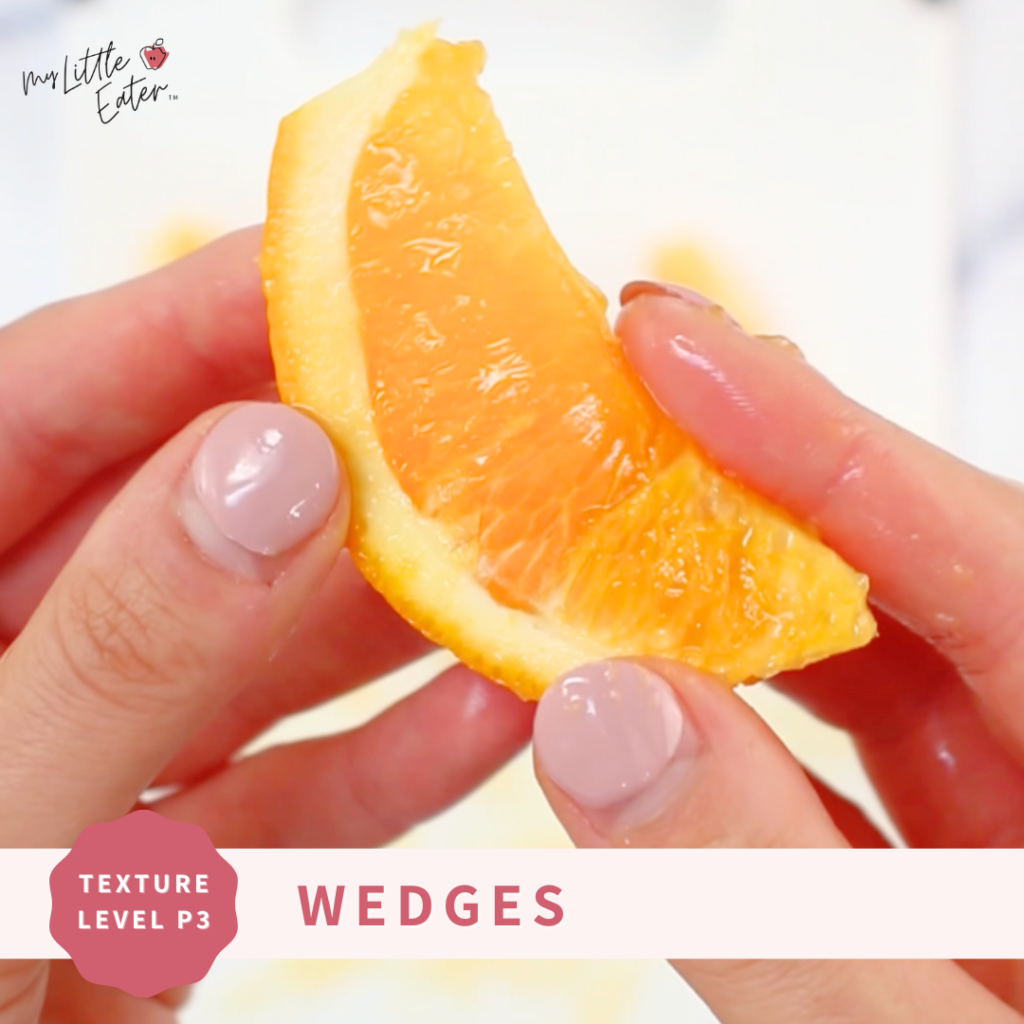
Step 1: Cut off each end of the orange and then cut it in half vertically.
Step 2: Find the membrane lines that naturally separate the orange into segments (the membrane is a choking hazard for babies).
Step 3: Cut the orange into large wedges along the membrane lines and remove the pith (thick, stringy white center).
Step 4: You’ll be left with an orange wedge with the outer skin (the rind) still intact, acting as a built-in handle for grip. It will be easy for your baby to eat using their palmar grasp or two hands, and they can suck and gnaw on the yummy inside.
The chances your baby will break off pieces of the rind are low, especially the larger you cut the wedges. However, if your baby has teeth and is taking bites out of food, you may want to skip to the next serving method.
Texture Timeline™ Phase 3
Supremed or bite-sized supreme (Palmar & Pincer Grasp)
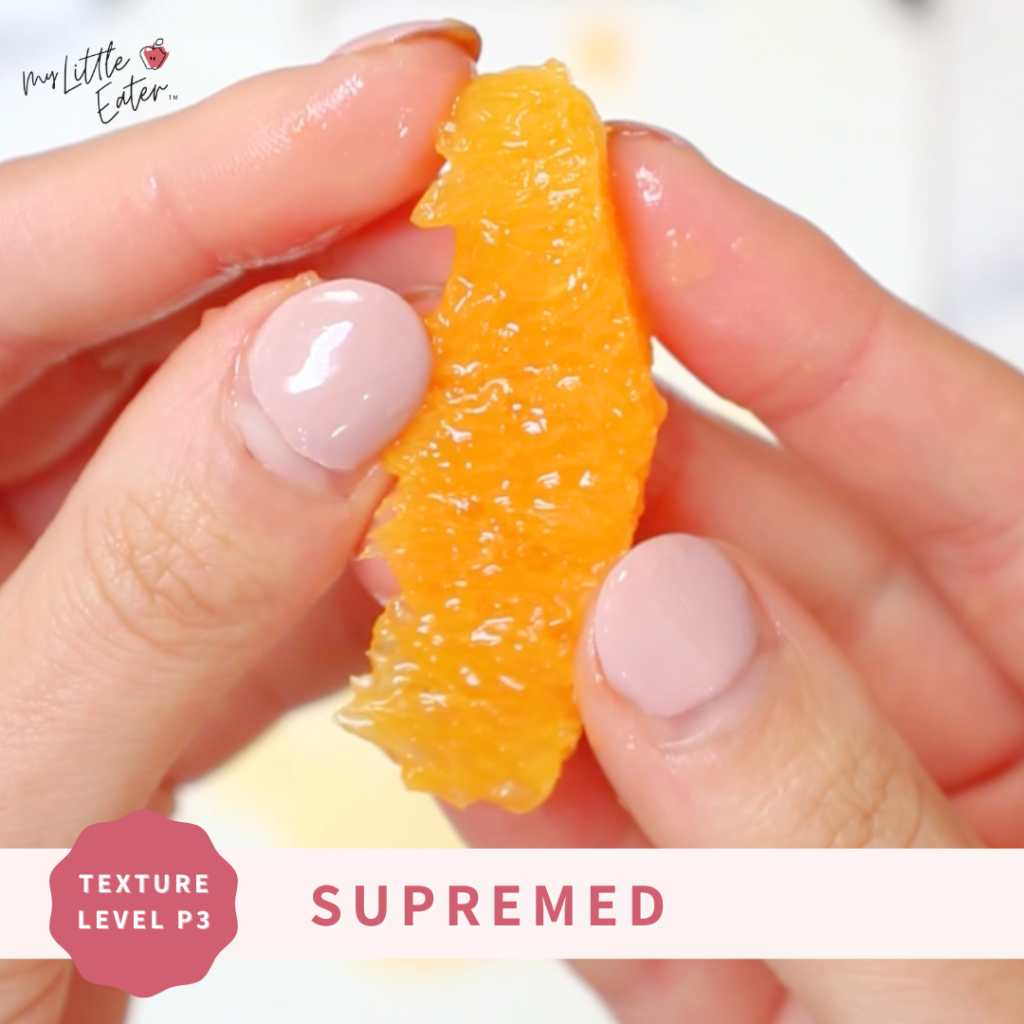
Step 1: Cut off both ends and use a knife to peel around the perimeter of the orange.
Step 2: Find the membrane lines of the orange, slice in between each membrane line, and pull out a segment.
Step 3: Serve as a wedge or coat in ground nuts, hemp seeds, wheat germ, or unsweetened shredded coconut for additional grip, as they will be pretty slippery!
Step 4: Using the same technique, you can cut the wedge into smaller bite-sized pieces for your baby to eat using their pincer grasp.
Watch these 7 month olds try oranges!
Watch these 7 month olds try oranges!
Reeya is using her palmar grasp to pick up an orange wedge and bring it to her mouth to chew on.
Emma is holding a wedge in her mouth while she happily sucks on the pulp.
Brooke is using two hands to hold an orange wedge and bring it to her mouth.
Are oranges a choking hazard for babies?
Although not a high-risk choking hazard when the surrounding membrane of the orange is removed, it has a high liquid content that easily separates from the solid portion (meaning orange juice can squirt in the mouth with applied pressure). This can make it hard for your baby to “track” where the food is in their mouth (the liquid part is in one place while the solid part is in another).
You may see your baby’s gag reflex kick in because of this – not because they’re choking – but rather as a precautionary mechanism to this new sensation.
That said, ensure you remove all seeds before offering oranges to your baby, as seeds can be a choking hazard.
Different varieties of oranges for babies
There are over 400 varieties of oranges around the world, and believe it or not, each type is different from the next in flavor and juiciness (2).
There is not one specific variety that we recommend offering over the others. If you can try different varieties (depending on what is available near you) that would be best. Any opportunity to allow your baby to experience a different flavor is a bonus and will help prevent picky eating later in life.
Some of the most common options are: naval oranges, blood oranges, clementines, mandarin oranges, and tangerines (2).
Choosing a ripe orange
There are a few things to consider when shopping for oranges to make sure you choose ones that are the most ripe.
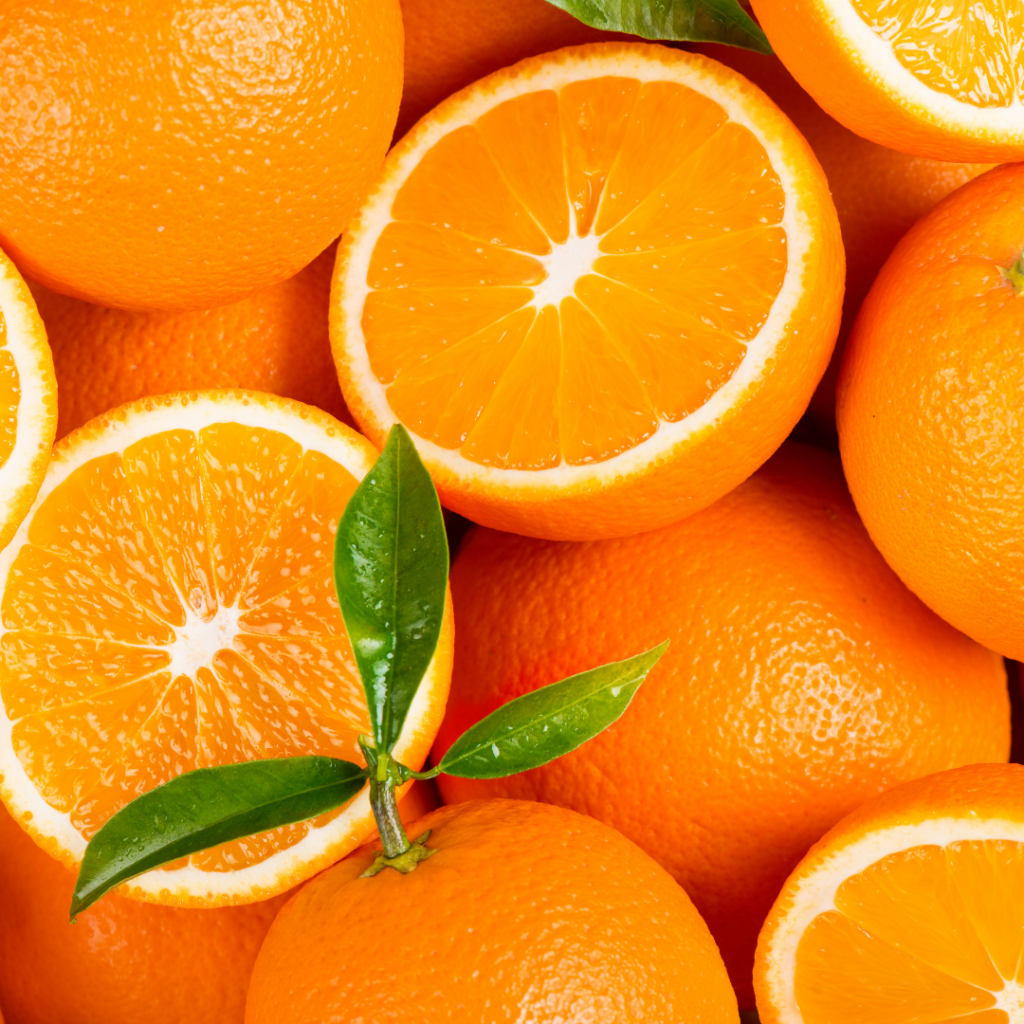
Here’s what you should look for…
- Texture: The ripest oranges will have smooth, thin skin, and will be firm to the touch (3). Avoid any with signs of mold or softness on the skin, or that feel as though they may be bruised (3).
- Color: They should be fully colored all around, and their color should be bright as well (3). However, their color may vary depending on the variety of oranges you choose. For example, naval oranges will be vividly orange all over, while Valencia oranges may have a green tinge to them because they take in some chlorophyll from their tree during the warm months (3).
- Weight: Ripe oranges will have some weight to them when you pick them up (3). The heavier, or more dense they feel, the more juice they will have (3).
- Season: Shop for the variety that is in season at the time to be sure to get the ripest oranges (3). Naval oranges are in season from mid-winter to early spring, Valencia oranges from late spring to mid-summer, and blood oranges from early winter to early spring (3).
Fresh, ripe oranges should last at room temperature for up to one week and in the fridge for 2-4 weeks (3, 4). To keep them fresh in the fridge, they should be stored unwashed in an airtight container, or Ziplock bag, in the crisper drawer (4).
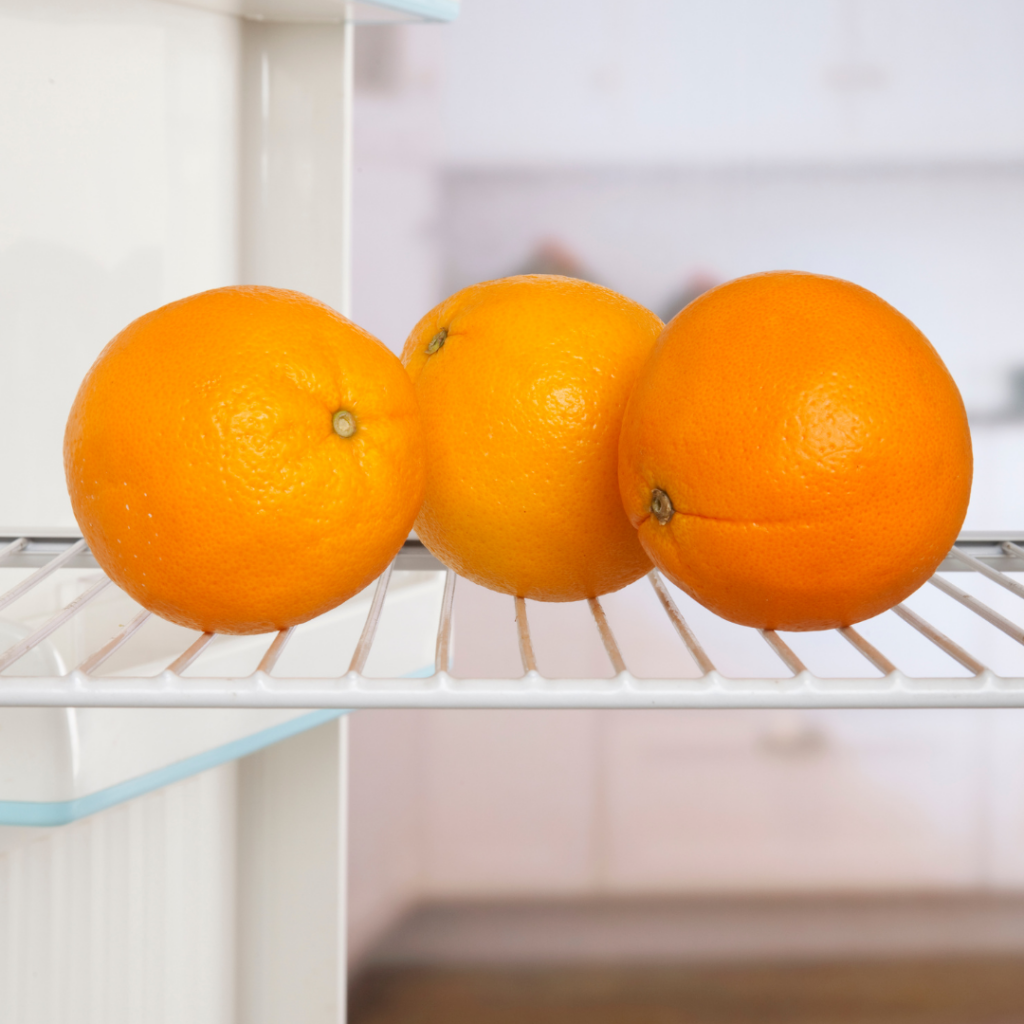
If you don’t think you’ll use them before 4 weeks, you can actually freeze them to keep them fresh for up to one year (4). To do this, you need to either peel or thoroughly wash them, cut them into wedges, line the wedges up on a baking sheet in a single layer, cover and freeze them (4). Once they are completely frozen, you can transfer them to a freezer bag to store (4).
Fun fact
Fun fact
Oranges are non-climacteric, meaning they won’t ripen after they’re picked. They need to be left on the tree to develop their color and flavor (5).
Storing already-cut oranges
Once an orange has been cut, it will last for a significantly less amount of time compared to whole oranges (4).
That said, they will still last for 3-4 days so it is worth it to save them and offer them to your baby on another day (4).
To store them in the fridge, wrap the cut pieces in plastic wrap, then store them in an airtight container and place them in the crisper drawer (4).
If you won’t use them in 3-4 days, you can freeze them using the method shared above to keep them for longer.
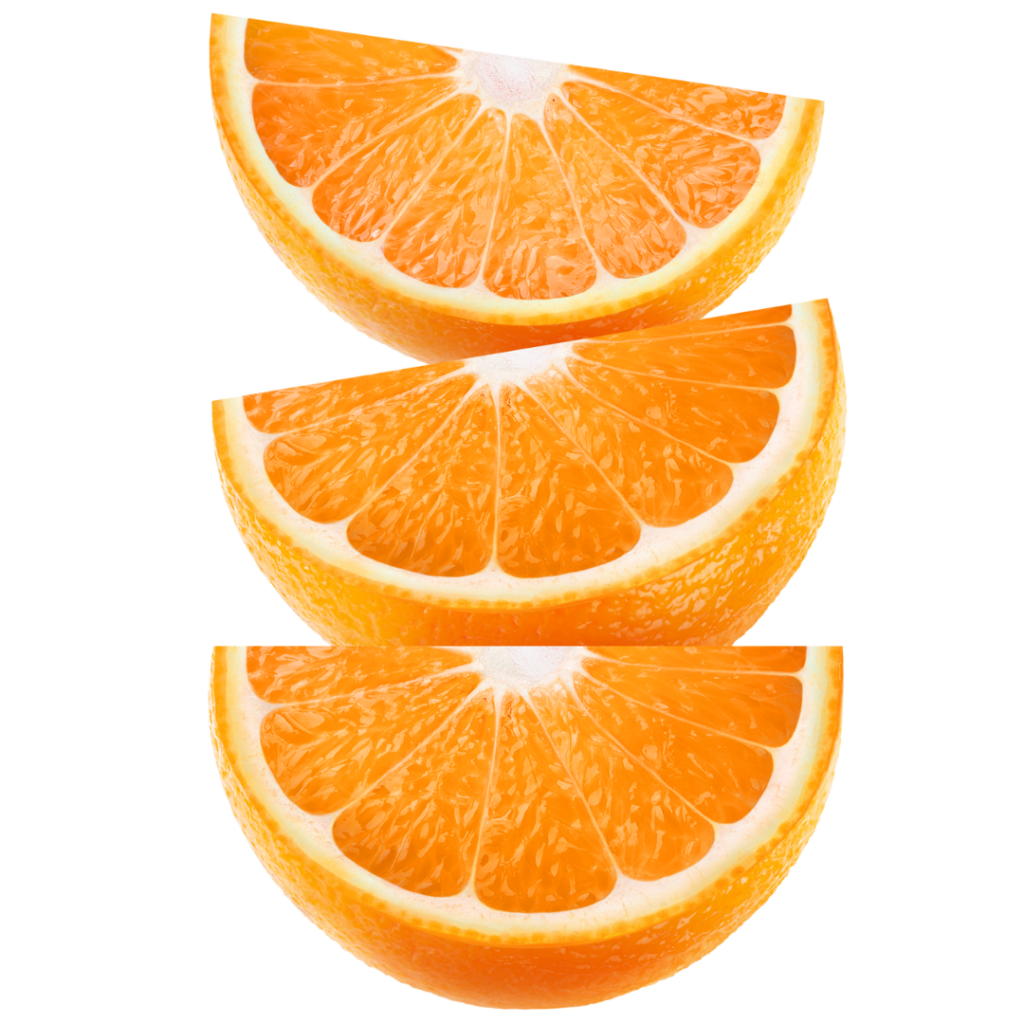
Nutritional benefits
Oranges are packed full of vitamin C, making them a healthy addition to your baby’s diet!
Vitamin C is an important nutrient for supporting a healthy immune system for your little one. Even more important for babies, vitamin C helps with iron absorption.
Learn more about the importance of iron for babies.
They also contain some fiber, which is beneficial for your baby’s digestive system and gut health.
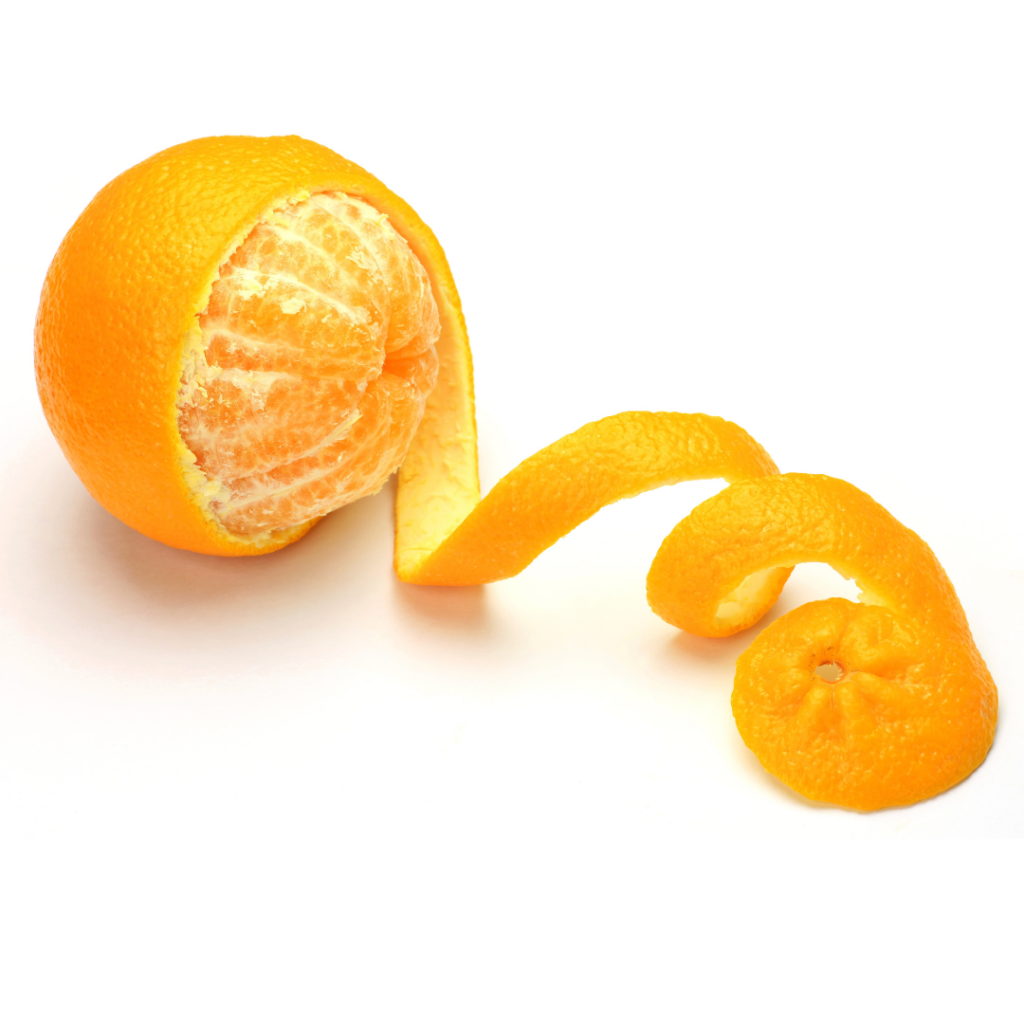
Finally, oranges contain B vitamins and vitamin A, both are essential nutrients for your growing baby (6, 7).
- Vitamin A: Beneficial for immune function, eye health, creating new red blood cells, and multiple genetic functions.
- B vitamins (folate, thiamine): Essential nutrients for brain development, creating and maintaining healthy cells, supporting nerve function, as well as other metabolic and genetic functions.
Not only are they tasty and nutrient-dense, but citrus fruits such as oranges have a multitude of health benefits including anticancer, antimicrobial, antioxidant, anti-inflammatory, and heart-protecting effects (7).
Can babies be allergic to oranges?
Oranges are not one of the top allergens and can be introduced alongside other non-highly allergenic foods without having to wait (the 2-day wait rule is for top allergens only). This doesn’t mean that your baby can’t develop an allergic reaction.
Some people have a sensitivity to citrus fruits, like oranges, which can cause oral allergy syndrome (OAS) (8). This causes itching and swelling in the mouth and/or throat after eating the offending food (8). Those who are allergic or sensitive to certain grass and tree pollen may be more sensitive to citrus fruits (8).
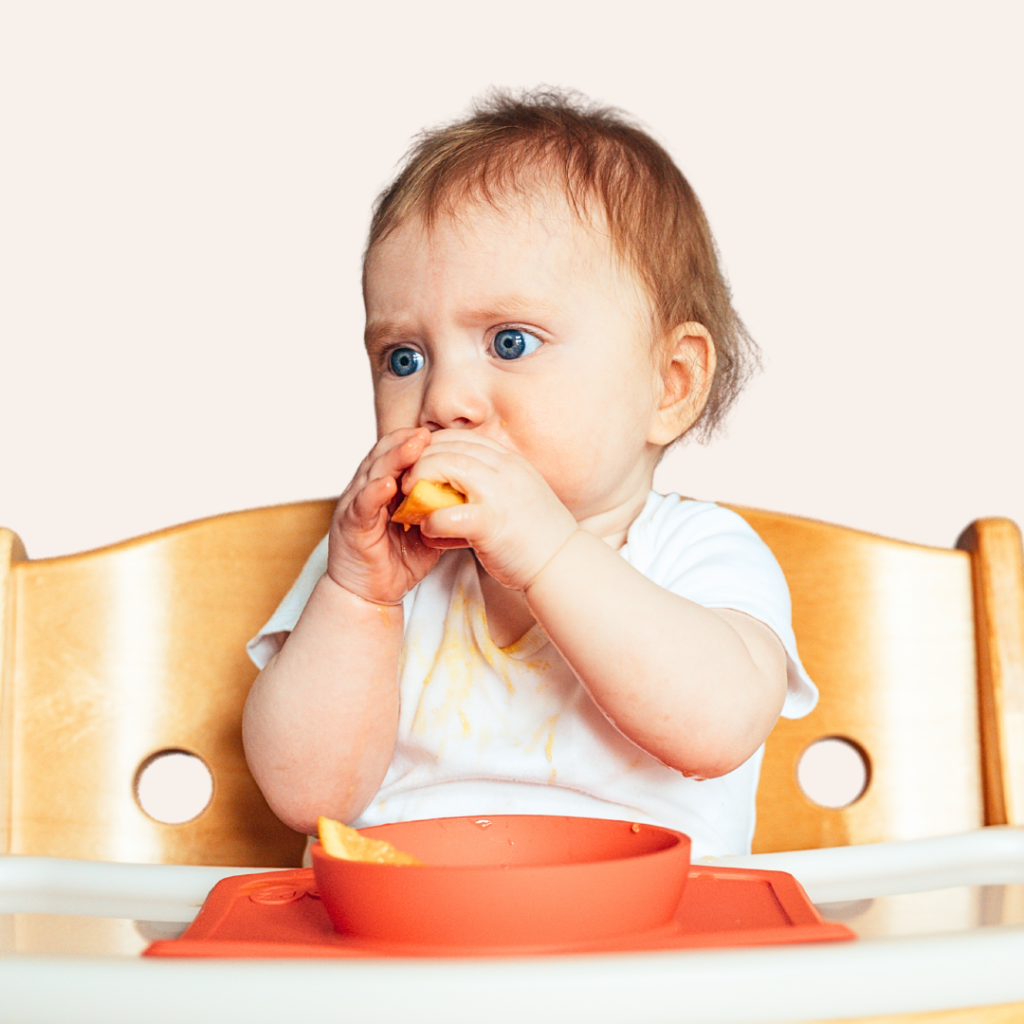
Major allergenic components actually reside in the orange seed , rather than the juice or the pulp of the orange. Although it is uncommon to eat or chew orange seeds, it is important to note that they contain potent allergens and may induce an allergic reaction in some individuals (9).
For full access to all of the foods available in the Texture Timeline™ Food Library, enroll in our Baby Led Feeding Program.
With step-by-step video lessons, printable resources, lifetime access, and ongoing support from a team of dietitians, you’ll have everything you need to start solids with confidence!
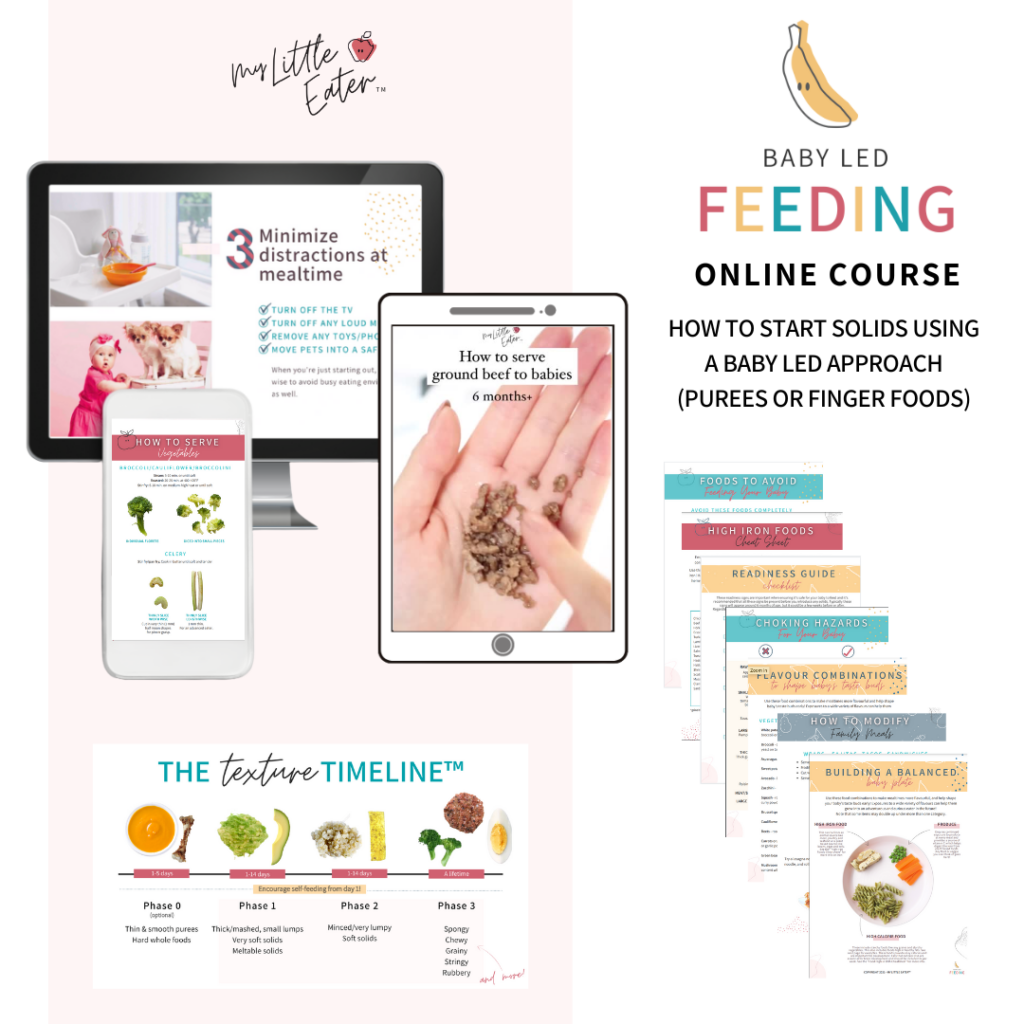
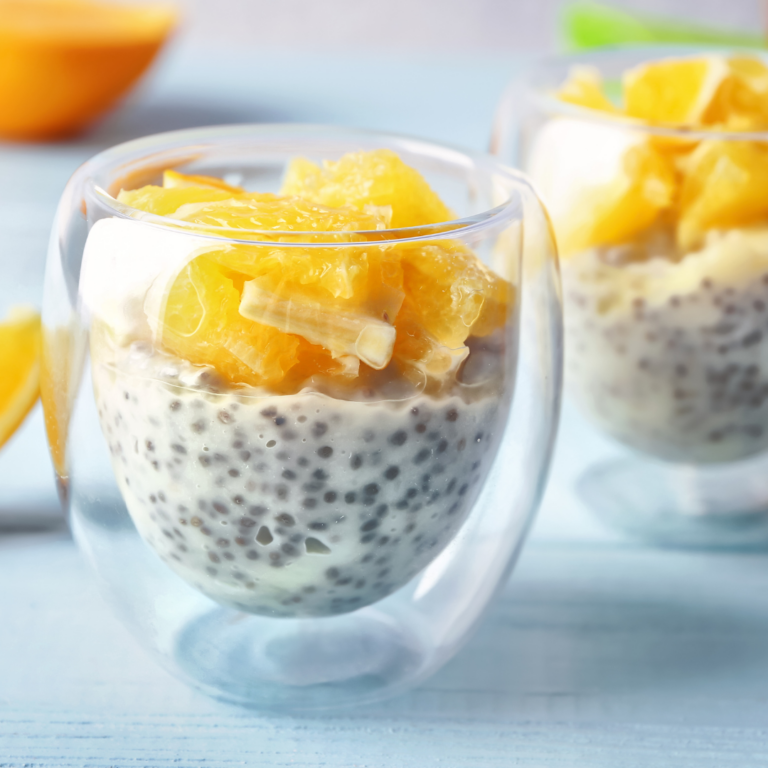
Orange chia seed pudding
Equipment
- 1 medium bowl
Ingredients
- 2 fresh oranges (Any variety, blood orange is a great option!)
- ¼ cup chia seeds
- ½ cup plain Greek yogurt (whole fat)
Instructions
- Peel and chop one orange to put on top of the pudding. Depending on which stage of the Texture Timeline™ your baby is on, prepare this orange according to their stage and offer it on the side if necessary.
- Juice the remaining orange, setting the juice aside and discarding the orange pieces.
- Whisk the orange juice, chia seeds, and yogurt in a medium bowl. Set it aside in the refrigerator for the chia seeds to absorb the moisture for at least 20 minutes, but you could even leave it refrigerated overnight.
- Divide the mixture, offering a num num gootensil or baby friendly spoon for your baby to self-feed (or let them dig in with their hands!). Serve the orange that was prepared earlier according to your baby's stage on the Texture Timeline™ on the side or on top of the pudding.
Notes
Pin it to save for later!
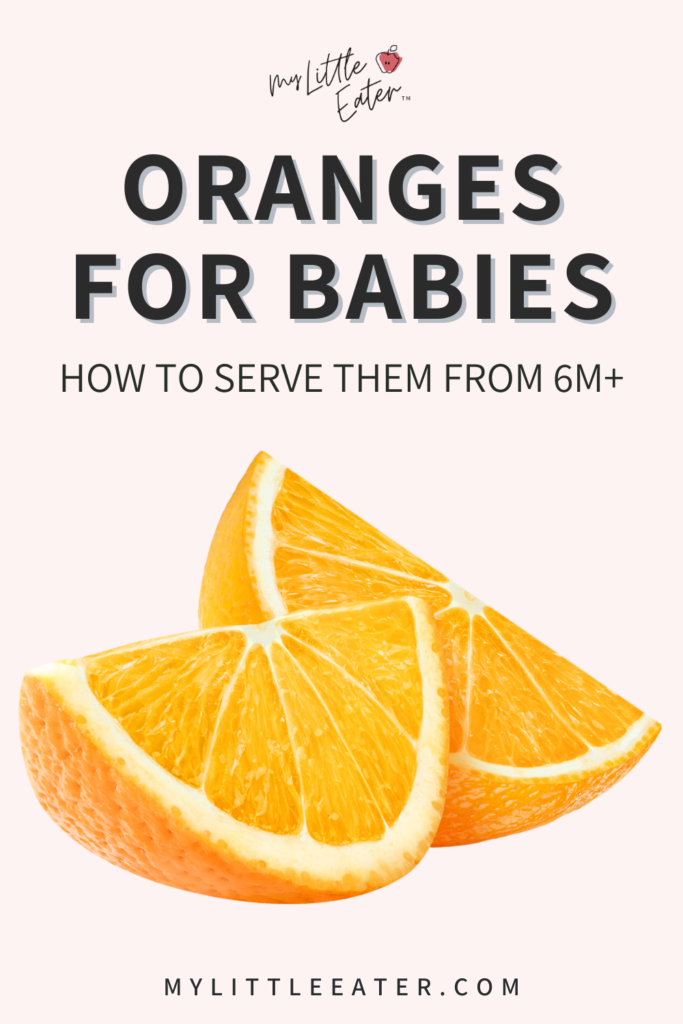
References
- Britannica. Orange. https://www.britannica.com/plant/orange-fruit
- https://www.thekitchn.com/types-of-oranges-23656324
- https://www.tasteofhome.com/article/the-juicy-secret-to-choosing-fresh-ripe-oranges/#:~:text=No%20matter%20the%20variety%2C%20your,Store%20them%20properly
- https://www.allrecipes.com/article/how-to-store-oranges/
- Apeel. 10 fun facts about oranges. https://apeel.com/blog/10-fun-facts-about-oranges
- U.S. Department of Agriculture. FoodData Central. https://fdc.nal.usda.gov/fdc-app.html#/food-details/746771/nutrientsc
- Farag, M. A., Abib, B., Ayad, L., & Khattab, A. R. Sweet and bitter oranges: An updated comparative review of their bioactives, nutrition, food quality, therapeutic merits and biowaste valorization practices. Food chemistry, 331, 127306, 2020.
- American Academy of Allergy, Asthma & Immunology. OAS. https://www.aaaai.org/Tools-for-the-Public/Conditions-Library/Allergies/Oral-allergy-syndrome-(OAS)
- Zhu, S. L., Ye, S. T., & Yu, Y. Allergenicity of orange juice and orange seeds: a clinical study. Asian Pacific Journal of Allergy and Immunology, 7(1), 5-8, 1989.

Bianca Gruenewald, RD
Bianca is a Registered Dietitian and works in a client support role at My Little Eater Inc. She's a proud auntie to her three year old niece and four year old nephew!

Bianca Gruenewald, RD
Bianca is a Registered Dietitian and works in a client support role at My Little Eater Inc. She's a proud auntie to her three year old niece and four year old nephew!
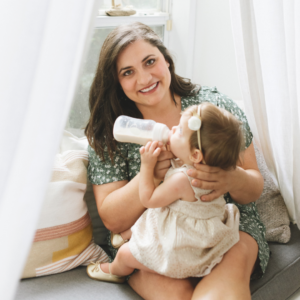
Mallory Roberts, SLP
Mallory is a Speech-Language Pathologist, Infant Feeding Specialist, and Craniosacral Therapist. She's also a busy mom of four little ones!

Mallory Roberts, SLP
Mallory is a Speech-Language Pathologist, Infant Feeding Specialist, and Craniosacral Therapist. She's also a busy mom of four little ones!
